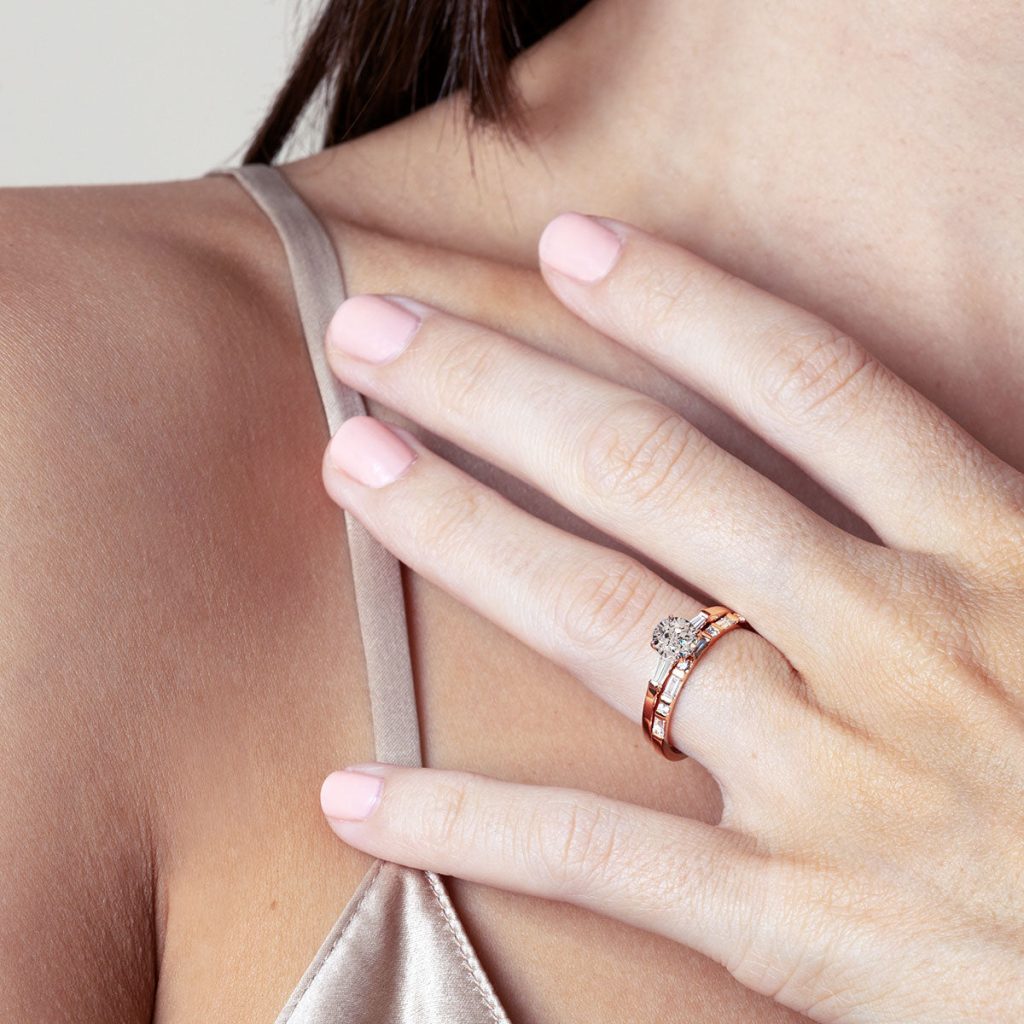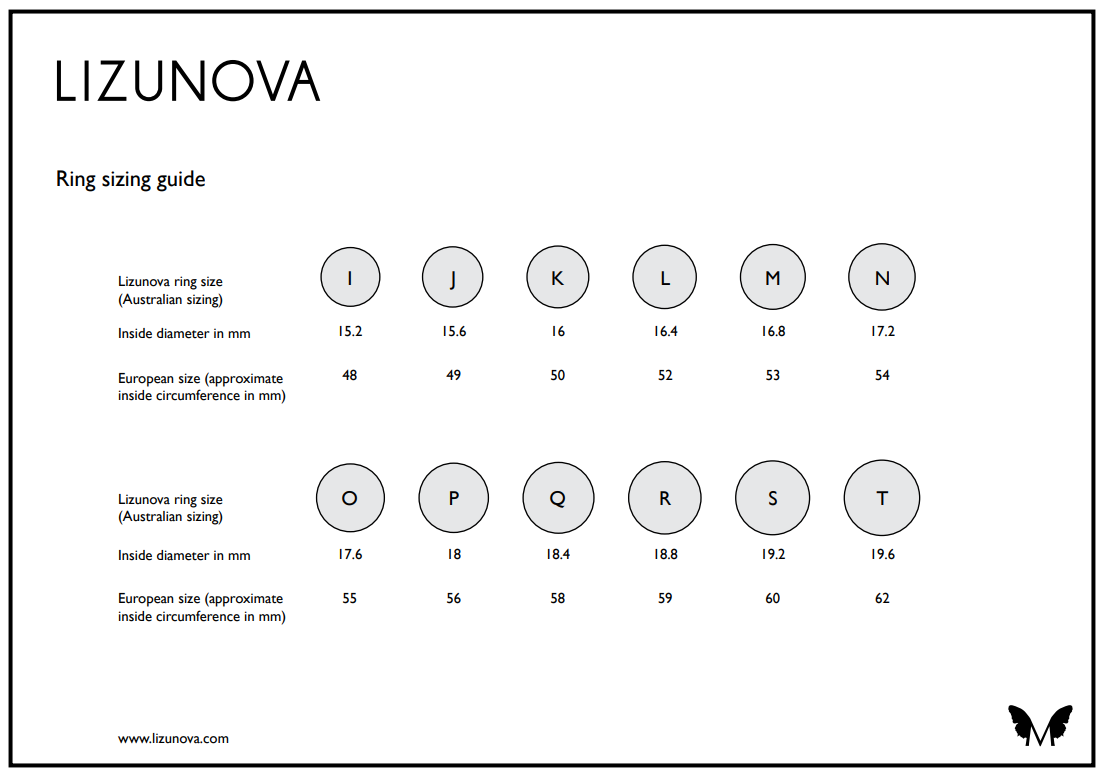Lab grown diamonds have been used for industrial purposes since the 1950s and gradually made their way to the jewellery market. Nowadays, natural and lab grown diamonds coexist, accepted by both consumers and the trade. Lab grown diamond engagement rings have been gaining popularity due to their much lower cost and excellent colour, clarity and cut.
With identical looks, hardness and durability to the natural diamond, lab grown diamonds represent better value for money (costing on average 30-40% less than a natural diamond), with couples being able to afford a bigger, better quality stone to set into their engagement ring.
Lab grown diamond (also referred to as synthetic diamonds, man-made diamonds, laboratory-created diamond, or cultured diamonds) is a gemstone made of the same material as its natural counterpart: pure carbon, crystallised in an isotropic 3D form. Lab grown diamonds are not imitation diamonds, which are made of non-diamond material.
Man has attempted to synthesize diamonds since the late 19th century, however, the first reproducible synthesis of a diamond took place in 1950s in the Soviet Union, United States and Sweden, via the CVD (chemical vapour deposition) and HPHT (high-pressure high-temperature) methods. These two processes still dominate the production of lab grown diamonds today.
The only chemical difference between lab diamonds and natural diamonds is that
most natural diamonds contain tiny amounts of nitrogen, and lab diamonds do not. Of course there is more to a diamond than just its chemical structure. According to professionals with over 50 years of experience in diamond sales, there is energy that sort of speaks to you and can be felt the moment you hold a natural diamond in your hand. However, both lab grown and mined diamonds look identical, and only sophisticated technology can help tell the difference between a natural diamond and its synthetic counterpart.
CVF DIAMONDS
Chemical Vapor Deposition (CVF) method where the diamond is grown from a
Type IIa natural diamond seed. These diamonds have the same chemical
composition and molecular structure as mined diamonds.
Type IIa is the rarest and purest type of natural diamond crystal that sparkles more
and shines brighter, with the least amount of impurities, especially nitrogen.
Less than 2% of all diamonds ever found in nature are Type IIa. Today, the CVF
method allows to buy a bigger, cleaner and Type IIa diamond for the same spend. Like mined diamonds, laboratory grown CVD Type IIa diamonds, have very few higher grade colours, D, E and F colours are very rare - like in nature, there is very little control over the colour.
HTHP DIAMONDS
High Temperature High Pressure (HTHP) method where the diamond is grown from a metal catalyst. HPHT diamonds are made using one of three manufacturing processes: a belt press, a cubic press, or a split-sphere (BARS) press. With HTHP lab grown diamonds, the colour is controlled, thus higher colours are readily available. Larger HTHP lab grown diamonds can contain a metal catalyst and sometimes even stick to a magnet.
The advent of synthetic gems on the market created major concerns in the diamond trading business, as a result of which special spectroscopic devices and techniques have been developed to distinguish synthetic and natural diamonds.
VALUE OF LAB GROWN DIAMONDS
Lab grown diamonds generally cost 30-40% less than mined diamonds, but look
exactly the same. The price difference is for the most part due to the high costs involved in mining and removing tons of earth to find natural gem-quality diamonds.
LAB GROWN DIAMOND SPECIFICATION
Hardness: 10 Mohs
Specific Gravity: 3.417-3.55 (diamond)
Refractive Index: 2.417-2.419
Crystal Form: Cubic
Special Care: None
Durability: Very good




